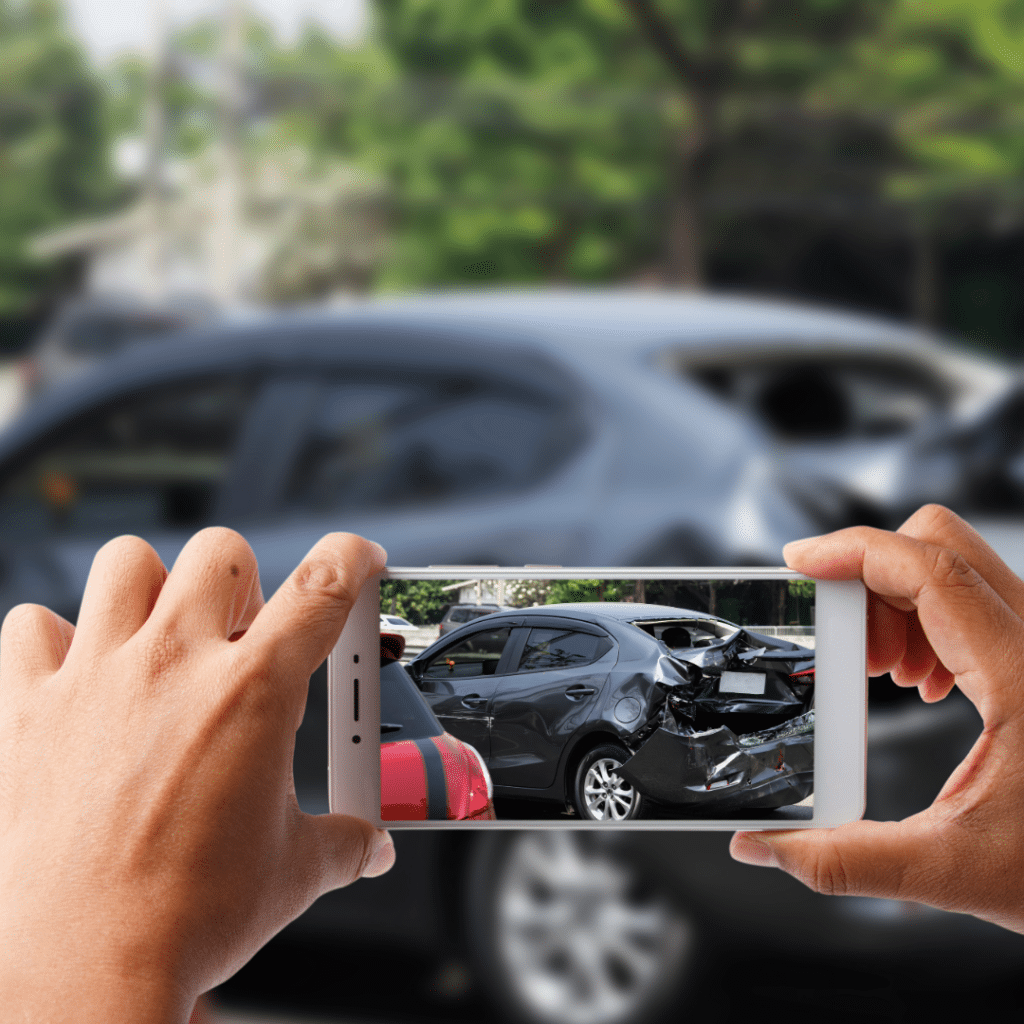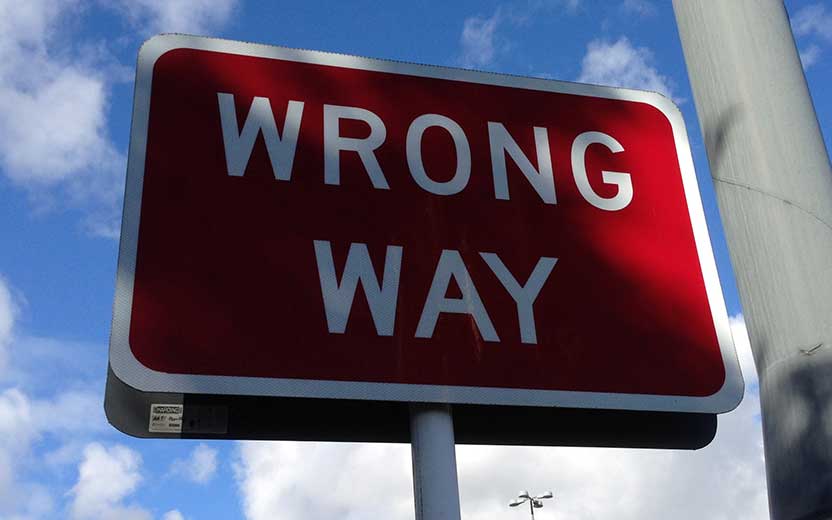By Marcus Fernandez
Following a car accident, you or a loved one may be able to seek compensation for any expenses and pain and suffering resulting from your injuries. Typically, the first step to recovering compensation is to file a claim against the insurance company of the negligent party. If you want to build a strong claim, you will need to collect as much car accident evidence as you can to support it. Good evidence can help prove the overall extent of any injuries sustained along with the other party’s negligence and role in the accident.
To help you gather the physical and circumstantial evidence you need to build a successful claim, consider the following. Keep in mind that an experienced accident attorney at KFB Law may be able to help you obtain this evidence.
What Is Physical Evidence?
To build a strong claim, it’s important to gather as much physical evidence of a case as you can. There are several types of physical evidence you may be able to collect for your claim.
Medical Records
The first step to take following an accident is to seek treatment. If you or a loved one requires treatment because of injuries sustained in an accident, it’s important to ask for copies of your medical records. You can use these records to prove the extent of your injuries.
Photographs
If you can, take photos of the damages and the scene soon after the accident. Be sure to photograph your injuries and any damage to your vehicle and the negligent party’s vehicle, which can further support your claim.
Witness Statements
If there were any witnesses present at the time of the accident, ask them to submit a statement or request copies from the police department if the police took them.
Police Reports
If an accident results in the filing of a police report, obtain a copy of the report from the police department.
Property Damage
Any damage to personal belongings such as clothing, electronics, or other property resulting from the accident can be useful for your claim.
Other types of physical car accident evidence you may be able to collect include your written statement relaying the events of the accident, along with public records available that may show that the responsible party has a history of negligent behavior.
What Is Circumstantial Evidence?
Unlike physical evidence, circumstantial evidence isn’t necessarily something you can collect to build your claim, but it can help further prove that negligence resulted in the accident.
For example, cell phone records obtained may show that the at-fault driver made calls or sent texts at the time of the accident without a hands-free device, proving liability. However, if a passenger was present in the vehicle at the time of the accident, that evidence would become circumstantial, as the passenger may have been the one using the phone. Other physical evidence, such as a witness statement that states the driver was on his or her phone at the time of the accident, may enable that circumstantial evidence to support the victim’s claim.
To help make sure you get both the physical and circumstantial evidence you need to support your claim, take the following steps.
Seek Treatment and Obtain Medical Reports
It’s important to avoid delaying treatment following an accident. Even if you don’t believe you were injured, symptoms of an injury could develop later, and undermining injuries can be detrimental to your claim. Inform your medical provider of the nature of your injuries and the accident that caused them.
After you’ve received treatment, make sure you have copies of medical records, which can go toward building your claim. There are different types of records you may be able to use in your claim depending on the extent of treatment, including paramedic reports, doctors’ notes, test results, and emergency room admitting charts.
In addition to medical records, also keep records of medical bills for all testing and treatment. If a police report was filed, try to get ahold of a copy of the report and keep it along with all medical records.
Take Photos of the Scene and Any Damages
If you don’t need to seek immediate treatment following an accident, you may be able to stay at the scene and take photos. However, if you do receive treatment immediately after the accident, try to return to the scene of the accident as soon as you can to collect photo evidence.
Either at the scene after the accident or at a later date, make sure you capture photos of the area. In some cases, you may want to visit the scene multiple times to ensure you don’t miss anything. All photo evidence may either confirm or conflict with police reports, which may make it even more beneficial for your claim.
For example, if an accident took place at night or during harsh weather conditions, visit the scene during the day when the weather is clear. You may notice skid marks, automotive parts, or other evidence that remains at the scene even days or weeks after the accident, which you and others involved may not have seen at the time. Take photos of this evidence or record video footage, if possible.
In addition to the scene, capture photos or video footage of your injuries and any property damage. Capture photographic evidence of vehicle damage and any damage to your personal property, including cell phones, ripped clothing, or other belongings. Don’t be afraid to take as many photos or videos as you deem necessary.
Collect Witness Testimony
Some of the most important pieces of evidence involved in car accident cases are witness statements. Insurance companies take witness testimony seriously because independent witnesses offer an objective viewpoint with no investment in the outcome of the case. Witnesses may be able to back up further other physical and circumstantial evidence to support your case.
In some cases, witnesses may even be able to point to supporting evidence that you overlooked, strengthening your claim.
Keep a Diary of Your Injuries
Another effective way to show the extent of your injuries, including physical and mental pain and suffering following the accident, is to keep an in-depth journal or diary that documents your injuries.
Documenting your injuries and treatment can detail how the accident has affected your quality of life. Items to document daily could include the amount of pain you’re experiencing, sleep troubles such as insomnia or bad dreams, physical or psychological therapy progress, financial distress, side effects of any medications you’re taking for injuries, and any emotional distress you’re experiencing.
Work with a Car Accident Lawyer to Help Gather and Use Evidence
Having enough car accident evidence to back your claim can help increase your chances of getting the highest amount of available compensation. In certain cases, you may need some help with collecting evidence and building your claim, particularly if injuries are severe and life-altering. For help with obtaining evidence and communicating with insurance adjusters, or even filing a lawsuit if necessary, consider contacting the accident attorneys at KFB Law to learn about your options.



